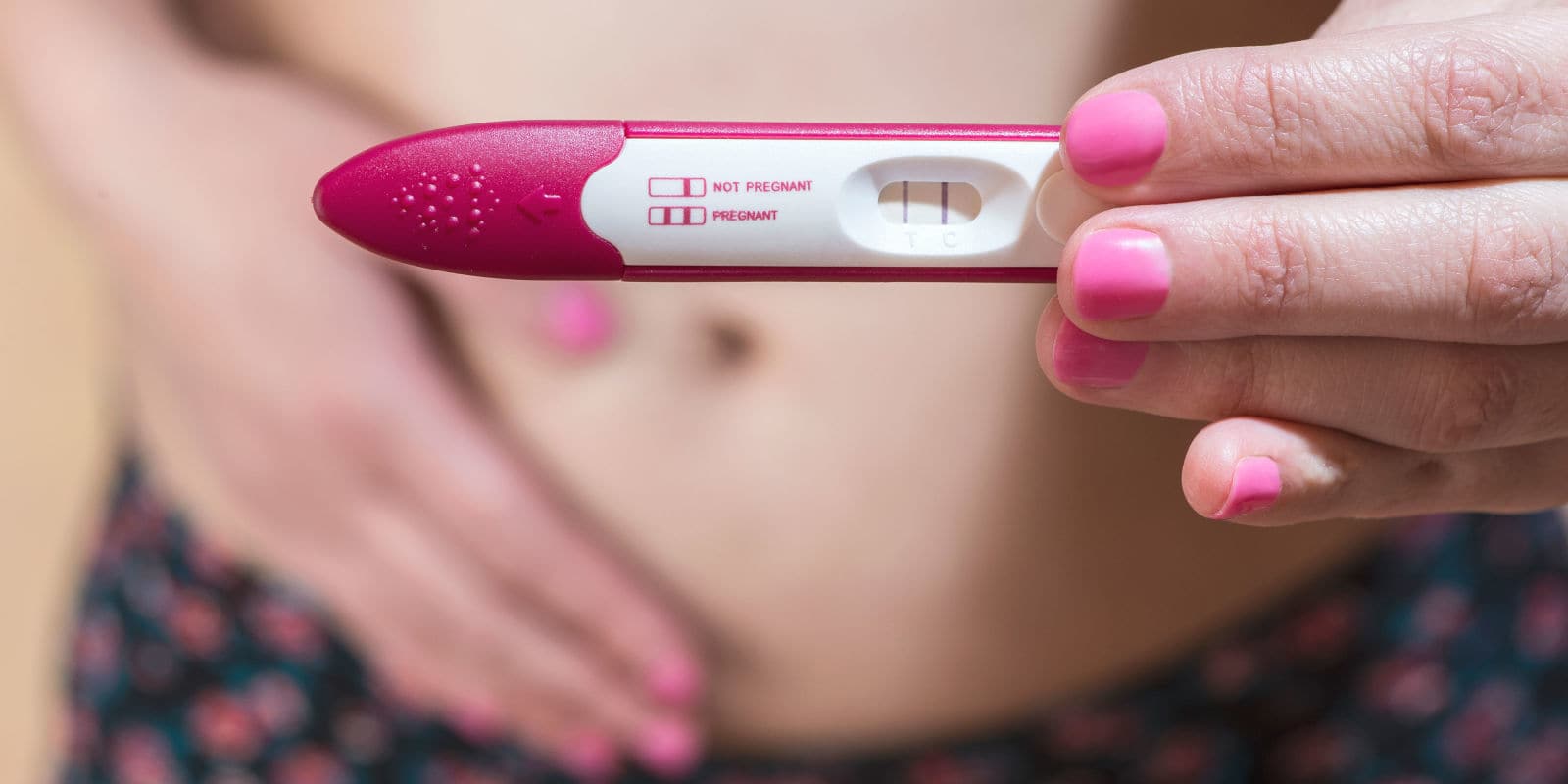Natural family planning entails birth control that does not involve the intake of any drug or the use of any device or tool. A woman may take into consideration her menstrual cycle, basal body temperature or cervical mucus — or a combination or even all of these methods — in order to determine the days of the month wherein she is likely to get pregnant. By avoiding sexual intercourse on the said days, it becomes possible to control the number of kids in the family as well as the number of years between their births in an all-natural manner.
But other than for preventing unwanted pregnancy and thus planning the family very well, fertility awareness may also be used for getting pregnant. By having an idea on which times of the month a woman is at her most fertile, the chances of her being in the family way can be considerably increased.
Going back to utilizing fertility awareness as a natural way of family planning, there are some benefits that come with it. First and foremost, since it doesn’t involve intake of pills, it doesn’t come with unfavorable side effects. Should the woman intend to conceive, getting pregnant risk-free is always a possibility.
According to experts, family planning via fertility awareness can be up to 99 percent effective, provided that all of the instructions are followed carefully. It’s for this reason why a woman should consult her trusted health care provider about the various options available and how they are properly done. It is also a health care provider who can determine if fertility awareness is suitable for a woman. For instance, if she has irregular periods or she is taking a prescription drug or has a medical condition that can disrupt her period, the natural way may not work to her advantage.
Let us take a quick look at how fertility awareness is used for family planning:
Tracking Her Menstrual Cycle
A woman’s menstrual cycle starts from the day that she gets her period to the day just before the next one starts. The peak of fertility occurs approximately on the 14th day of her cycle — that’s the time when an egg is released.
Having sexual intercourse 3 to 4 days before ovulation and during ovulation should be avoided if a woman does not want to get pregnant. A calendar is a tool that can be used to track the menstrual cycle. These days, she may also opt for the help of the so called cycle beads which she can wear as a bracelet. Also, it is possible for her to install an app on her smart phone that can help her keep track of her menstrual cycle.
Checking Her Basal Body Temperature
BBT for short, basal body temperature is a form of natural family planning that takes into account the temperature of a woman. Basically, a woman is no longer fertile when her basal body temperature is at its highest, in particular after ovulating. Her body temperature should be slightly lower than 98°F during the first half of her menstrual cycle.
As ovulation approaches, a very slight drop in temperature may be noticed, followed by an increase in temperature — a sign that she is no longer fertile. The BBT has to be taken every morning before arising, and with the use of a thermometer specifically designed for fertility awareness.
Observing Her Cervical Mucus
The cervical mucus of a woman is a sticky substance that comes from the cervix. Its consistency, appearance and amount may be used for determining whether a woman is fertile or not. In order to have the cervical mucus observed, she needs to insert her middle finger into the vagina, up to the second knuckle.
She may notice that there is no mucus present in the vaginal canal a few days after her period is through. But when ovulation is approaching, a time when her hormones are peaking, a woman may notice the presence of sticky, creamy and white cervical mucus. And just before her ovulation begins, her cervical mucus will become notably clearer and wetter, much like the white part of an egg.








